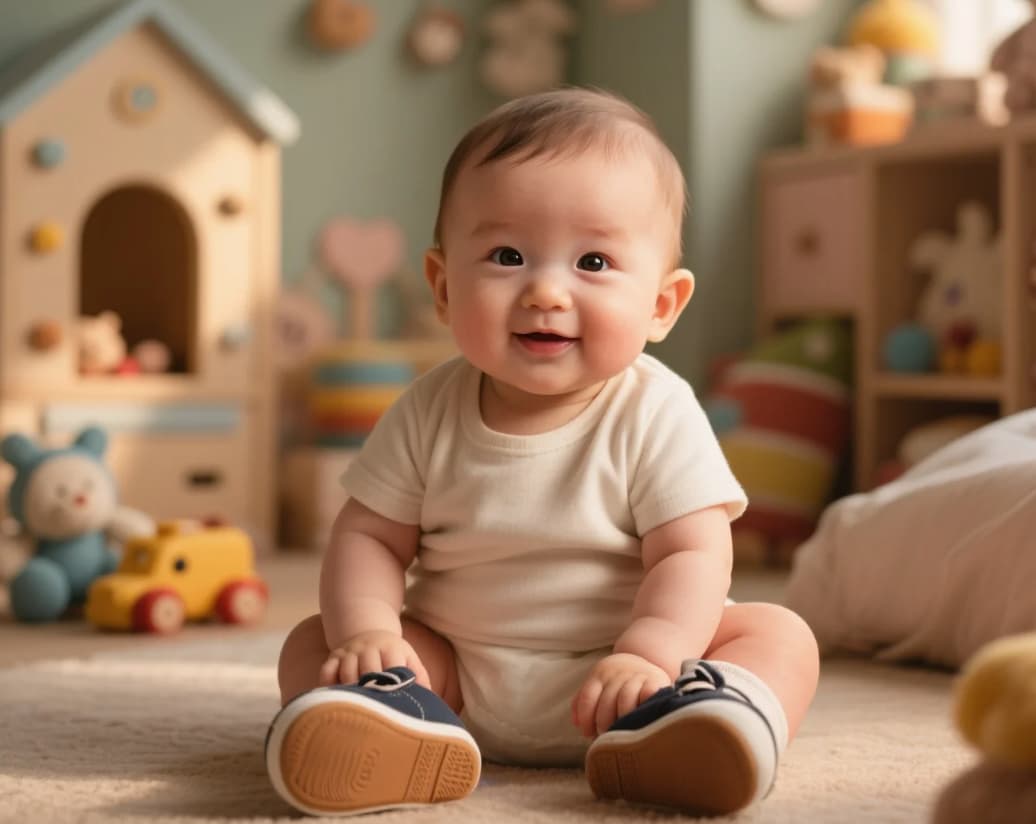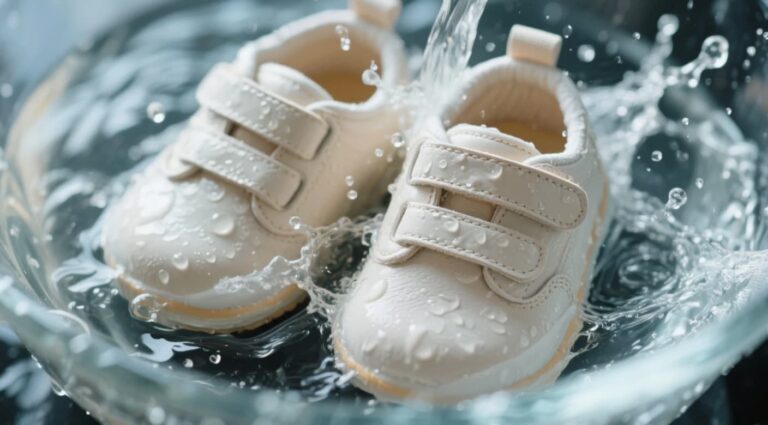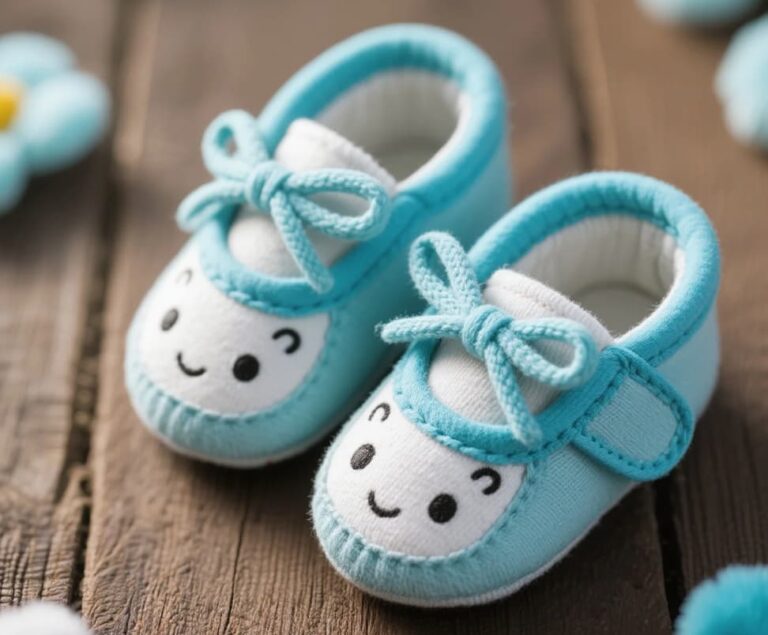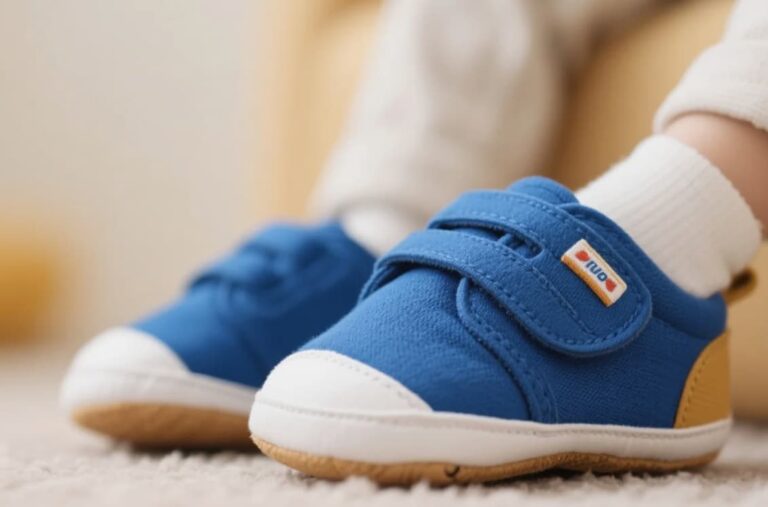Baby Shoe Size Chart Reference
Table of Contents
Introduction
How to choose the right pair of shoes for your child based on the shoe size baby chart is crucial, and it’s never as simple as just measuring the shoe size either.
For example, if you know the length of your child’s arch, you can choose a shoe that matches the curvature of your child’s foot and leaves enough room for growth and movement.
Knowing the fat and thin of the foot, the width of the foot can choose the right shoes for the child, this step is very important, now the child in the purchase of shoes before the need to measure the feet of this thing has become a consensus of many people, many brands have professional equipment to provide accurate data for the child, which are for the child to wear shoes for safety, comfort and health to bring help.
Why Getting the Right Baby Shoe Size Matters
Baby’s feet are developing rapidly, especially infants, the bones are still cartilage, not mature, subject to external influences will be easy to deform, a pair of suitable shoes can support the arch development, prevent flat feet and other related foot problems.
Protect the skin, baby’s skin are very thin, skin moisture, shoes are not suitable, friction will cause damage and increase the chance of skin infection.
At the stage of learning to walk, the right shoes will provide the necessary support to help correct the correct walking posture and prevent fatigue and falls.
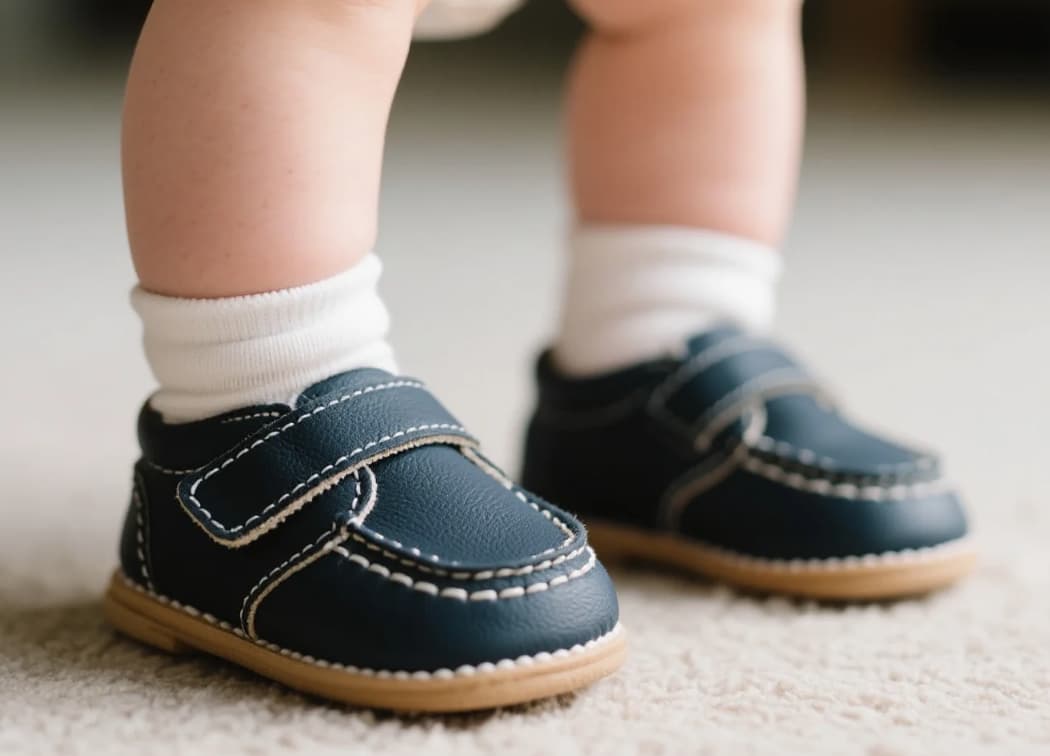
shoe size baby chart (US/UK/EU + CM)
The data below has been compiled from U.S. Infant Growth Data (CDC) and includes age, foot length and recommended sizing.
| Age Range | Foot Length (cm) | Foot Length (inches) | US Infant Shoe Size | European (EU) | UK Size |
| 0–3months | 8.3 – 9.2 | 3.25 – 3.625 | 0 – 1 | 16 | 0–0.5 |
| 3–6months | 9.2 – 10.0 | 3.625 – 3.94 | 1 – 2 | 17 | 0.5–1 |
| 6–9months | 10.0 – 10.8 | 3.94 – 4.25 | 2 – 3 | 18 – 19 | 1 – 2 |
| 9–12months | 10.8 – 11.4 | 4.25 – 4.5 | 3 – 4 | 19 – 20 | 2 – 3 |
| 12–18months | 11.4 – 12.3 | 4.5 – 4.85 | 4 – 5 | 20 – 21 | 3 – 4 |
| 18–24months | 12.3 – 13.2 | 4.85 – 5.2 | 5 – 6 | 21 – 22 | 4 – 5 |
| 2 years – 2.5 years | 13.2 – 14.0 | 5.2 – 5.5 | 6 – 7 | 23 | 5 – 6 |
| 2.5years – 3years | 14.0 – 14.7 | 5.5 – 5.8 | 7 – 8 | 24 | 6 – 7 |
| 3years – 3.5years | 14.7 – 15.5 | 5.8 – 6.1 | 8 – 9 | 25 – 26 | 7 – 8 |
| 3.5years– 4years | 15.5 – 16.3 | 6.1 – 6.4 | 9 – 10 | 26 – 27 | 8 – 9 |
How to Measure Your Baby’s Feet at Home
The first step in choosing shoes for your baby should be the first two feet, which is the key to ensure that your baby wears the right shoes. If you are buying Moccasin Baby Shoes in a physical store, the recommendation is to let a professional shopkeeper measure the child and give the right shoe size and shoe type, if you are at home, smart to measure yourself, here we look at how to measure your baby’s shoe size and foot type at home.
Preparation tools: ruler, pen and paper.
Measuring time is best chosen after the baby’s activities, or in the evening, because at this time the foot will be slightly distended, and the measured data is closer to the actual state of wearing shoes.
But be careful, not just after waking up to measure, because this time the feet will be relatively small.
Fix the prepared paper, let the baby stand on the paper, if you wear shoes with socks to wear, then the measurement is also to wear socks, to ensure that the feet are natural standing, the force is uniform, if the baby will not stand, you can sit in the adult’s lap to measure a single foot.
Along the edge of the foot vertical pen, pen do not tilt. Note that the length of the foot is measured from the heel to the longest toe in a straight line, sometimes the big toe is the longest, and in some cases, the second toe is the longest.
If the two feet do not measure the same, then choose the data of the foot that is longer.
Add 0.5-1cm on top of the measured data to count the space reserved for movement and growth.
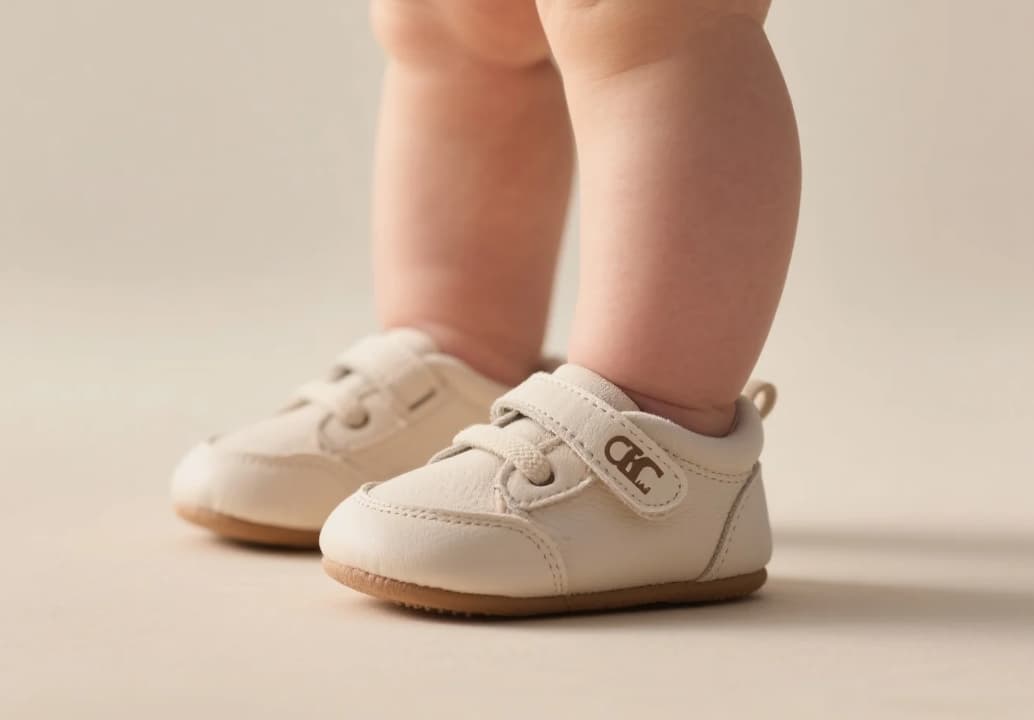
How to Know If Baby Shoes Fit Properly
As we mentioned earlier, the measurements are taken plus a 0.5-1cm allowance.
After the child puts it on, push the foot to the very front of the shoe and a finger can still fit in the heel.
When trying on the shoe, let the child walk around first, and after some activity, decide on the basis of comfort.
Check the width of the upper, the sides of the shoe overflow, indicating that the shoe is too narrow and needs to be replaced with a larger model according to the shoe size baby chart.
Some time after the baby has tried on the shoes, take off the shoes and check if there are any signs of squeezing.
If the baby resists or cries after wearing the shoes, it is possible that the shoes do not fit.
Start shopping at >>>>>>>>Best Authentic baby Moccasins
Best Types of Baby Shoes for Each Stage
0-9months, infants have not learned to walk, at this time to crawl and cuddle mainly, shoes are mainly warm and slight protection role, recommended soft bottom baby shoes, breathable, no hard support.
8-18months, infants in the toddler period, to hold objects out of the first step in life, the role of shoes is to grip the ground and maintain balance, so the shoes within the reserved space to play a little bit, choose a spacious toe, flexible, non-slip soft-soled baby shoes、baby moccasins.
18-30months, can walk on their own, and can run and jump, the arch of the foot began to form, at this time the need for more and better support function, choose non-slip wear-resistant baby shoes.
Common Baby Shoe Sizing Mistakes to Avoid
Must personally measure, not directly according to the baby’s age to choose the corresponding shoe size baby chart, the baby’s actual size and the same age children can be a maximum difference of 1-2cm.
buy a larger one to wear longer, this view is also not right, too large will affect the baby’s walking posture, easy to fall. Only need to reserve 1cm can be.
Do not ignore the width of the shoes, too narrow will strangle the feet, affect the development.
Try on must be both feet, a person’s two feet sometimes there will be errors.
Try to let the baby stand when measuring, so that the data will not be small.
The thickness of the sock needs to be considered.
